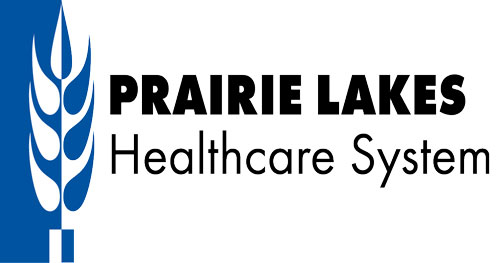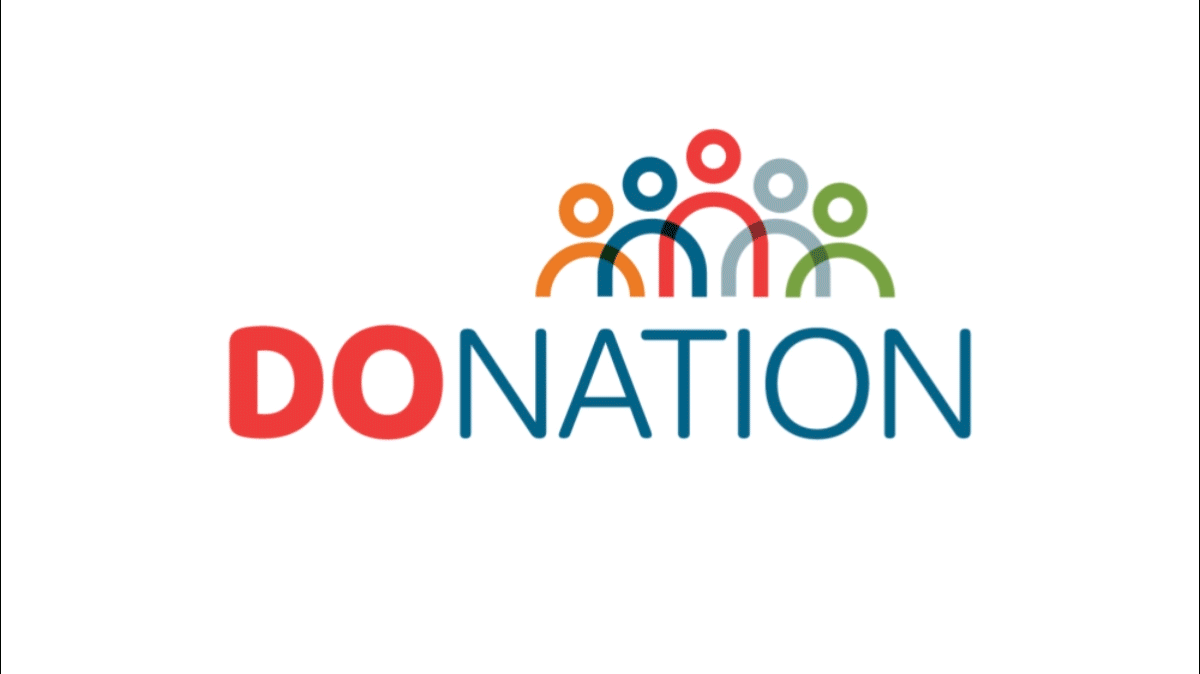South Dakota Association of Healthcare Organizations Clinical Improvement Consultant, Michelle Hofer, BSN, RN, CPHQ, recently wrote on an article on pressure ulcer prevention successes that was published in the January 2024 edition of Compass Navigator.
Below is the full version of the article, which can also be found here.
According to Agency for Healthcare Research and Quality (AHRQ), each year pressure ulcers are reported to affect as many as 2.5 million United States patients and cost an estimated $9-11 billion, with 60,000 deaths occurring as a direct consequence of developing pressure ulcers. After many years without an occurrence, the appearance of a pressure injury on an ambulatory patient at
Prairie Lakes Healthcare System prompted a desire for further investigation as to why this had happened. Prairie Lakes Healthcare System is an 81-bed acute care hospital, located in Watertown, South Dakota. Prairie Lakes Healthcare System supports Watertown and surrounding communities, providing labor and delivery, telemetry, critical care and general hospital services. Also provided are a 24-hour emergency department, various surgeries, diagnostics, imaging and interventional cardiology. Watertown itself has a population of around 23,000 people.
A team was gathered that ranged from senior leadership to bedside nursing to achieve the primary goal of returning the rate of hospital acquired pressure injury to zero.“We identified that we had an issue when we hadn’t had a skin injury for several years. We immediately put together a team for identification, education, and prevention practices”. – Sara Jo Lamb, Registered Nurse (RN), Quality Analyst.
Senior leadership was supportive of the project and changes that needed to be made, although quality staff didn’t feel overall buy in was necessary as it was evident something needed to be done. Initial investigation into processes revealed the following:
- Initial skin assessments being performed by one nurse
- Skin assessments every 12 hours
- Bath in bag as primary method for hygiene
- Linen changes not completed daily unless soiled
- Soap used in hygiene required rinsing
- Use of adult incontinence briefs
- Inconsistencies with wound assessment
- Difficulty identifying exactly when skin break occurred
While evaluating recent occurrences and current processes, the team discussed what was
currently working well and what was not. For this particular incident, the patient had a prolonged stay and was ambulatory but non-compliant with activity and hygiene. They realized that since struggles with long-term care placement had become more common, awareness of the specialized needs of longer-stay patients would be needed. Staff also evaluated the involvement of the wound care team. Prior to this project, wound care nurses were not involved with patients with extended hospital stays. They also found staff education needed to be revisited.
Based on the evaluation of current processes and gaps identified, the following steps were implemented:
- Refresher education session for staff on proper wound assessments with education provided by wound nurses.
- Educational flyers distributed on pressure injury staging.
- Education specific to emergency medical record—bedside nurses will no longer stage the wound but will describe the wound. Staging is done by wound staff.
- Certified wound nurses now have the ability to add nursing orders to the patient care plan.
- Staff were trained and instructed to have 2 sets of eyes on every admission through 2-nurse skin checks.
- Education for care techs on bathing and frequency of linen changes
- Moved back to soap (rinse-free) and water bathing. Bath in a bag used only “as needed.”
- Linen/gown change schedule is every 24 hours or more often if needed.
- Bedside staff have been given easier access to pressure injury reduction supplies.
- Wound care staff now visit a patient if present for 5 days and perform a full skin assessment.
- Long-term care facility who sent the patient to the hospital is notified if a pressure injury is present during initial assessment.
- Department directors now help lead monthly Quality Assurance and Performance
- Improvement meetings vs. quality nurse only, which encourages engagement in quality work.
- Mepilex Dressing is applied to high pressure areas for those patients who are bed ridden, labeled with “T” for a treatment dressing and “P” for a preventative dressing.
Despite senior leadership support of the project, a couple of challenges were encountered. Those challenges were:
- Moving away from bath in a bag as the primary daily bath. The product came with data to support the use of the product, but as a facility, Prairie Lakes was not finding it to work well for them as patients felt they weren’t receiving a daily bath. Continuous education was necessary for non-clinical staff to understand the necessity and reason for the change.
- Reinforcing the necessity of 2 nurses signing off on initial interview after initial akin assessment on admission. Staff had difficulty with this, but it was overcome with education on importance, and it became an added responsibility of the resource nurse.
Overall, the project received a positive response from both staff and leadership. Benefits of the changes made have been increased patient satisfaction, increased teamwork and decreased pressure ulcers. Prairie Lakes staff continue to monitor pressure ulcer data regularly and have gone many months without developing another pressure injury.
According to Jennifer Briggs, RN, Medical/Surgical Director, “We will feel their project has been successful when we have gone an entire year without a recurrence”. Special recognition should be given to the inpatient directors, bedside nurses, wound care director and staff and quality staff at Prairie Lakes for their hard work on this important project and for their willingness to share the details of their project to help improve the care of patients across the Compass HQIC Network! It is very evident throughout this project and these actions that Prairie Lakes Healthcare System lives its motto of “Your Health, Our Mission.”
Resources:
+ Berlowitz D., Lukas C.V., Parker V., Niederhauser A., Silver J. & Logan Cet al. (2014). Preventing pressure ulcers in hospitals: A toolkit for improving quality of care. Agency for Healthcare Research and Quality. https://www.ahrq.gov/professionals/systems/hospital/pressureulcertoolkit/index.html Google Scholar
This material was prepared by Compass HQIC Network a Hospital Quality Improvement Contractor under contract with the Centers for Medicare & Medicaid Services (CMS), an agency of the U.S. Department of Health and Human Services (HHS). Views expressed in this material do not necessarily reflect the official views or policy of CMS or HHS, and any reference to a specific product or entity herein does not constitute endorsement of that product or entity by CMS or HHS. 12SOWCompass HQIC Network/Hospital Quality Improvement Contractor – [0408] – 1/02/2024




